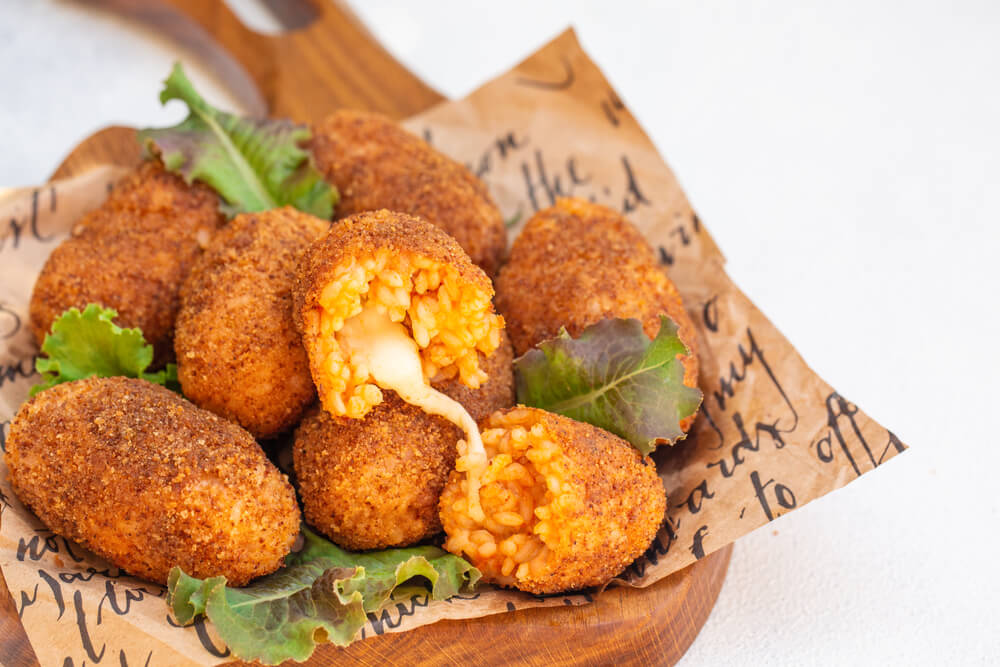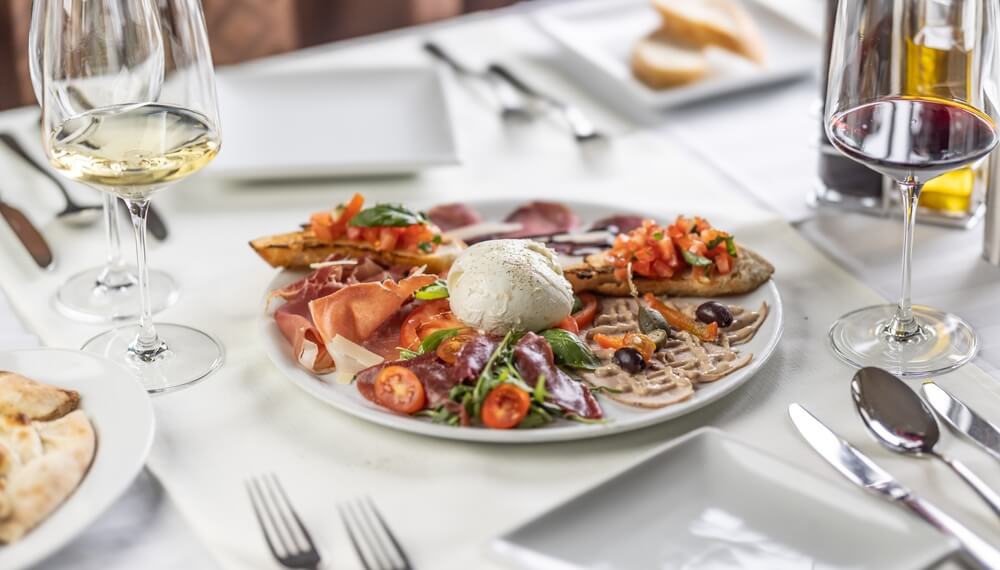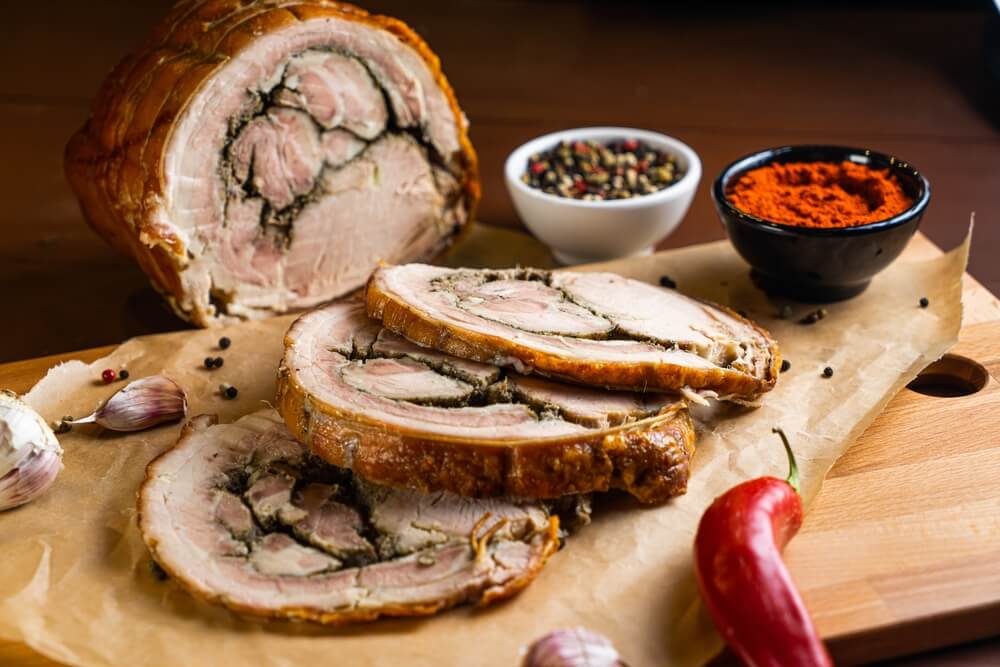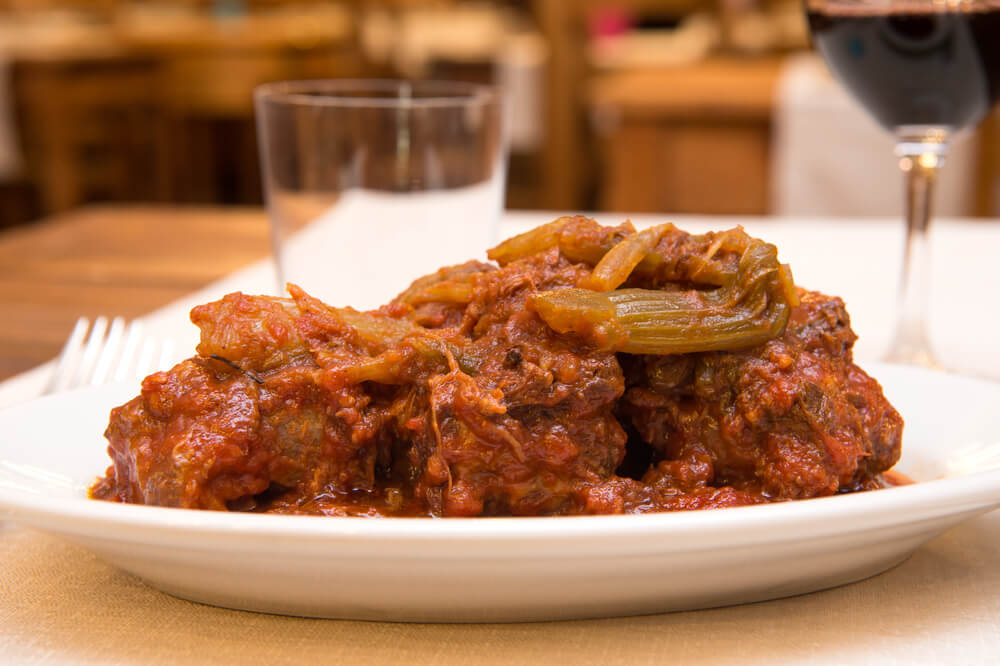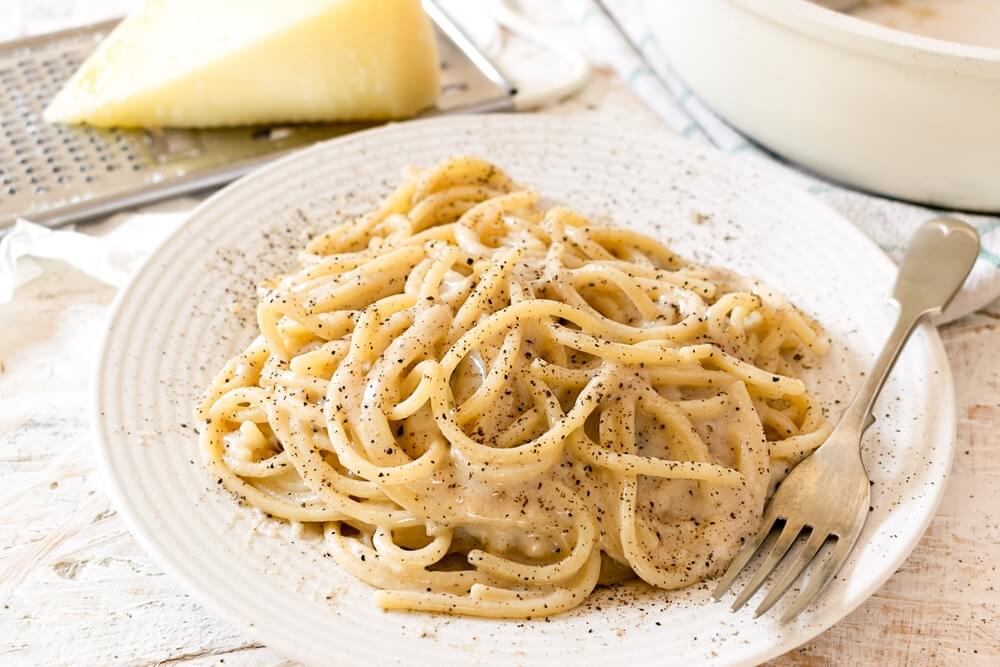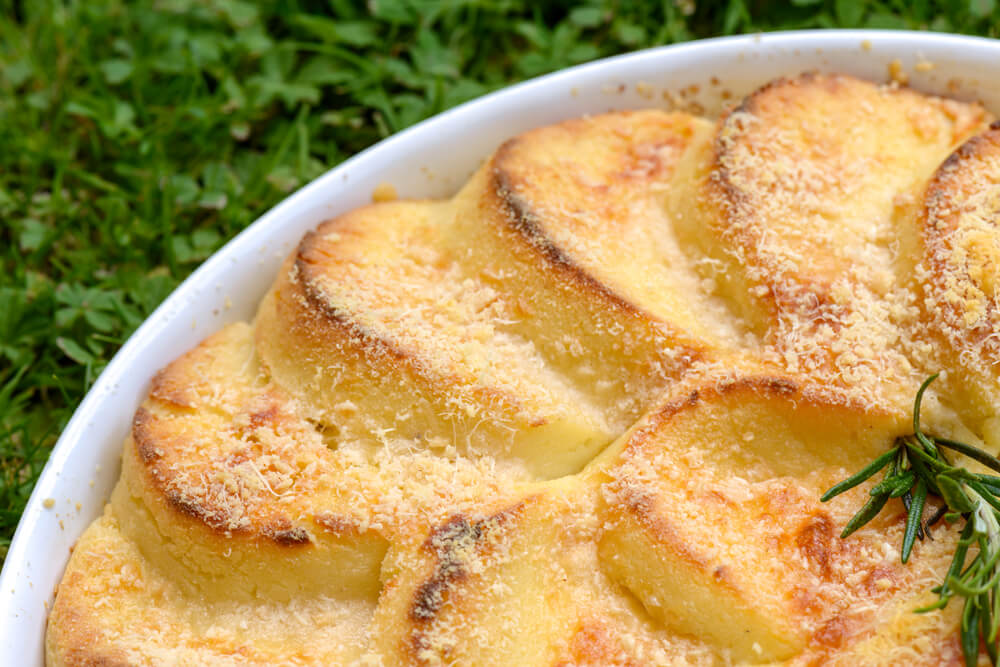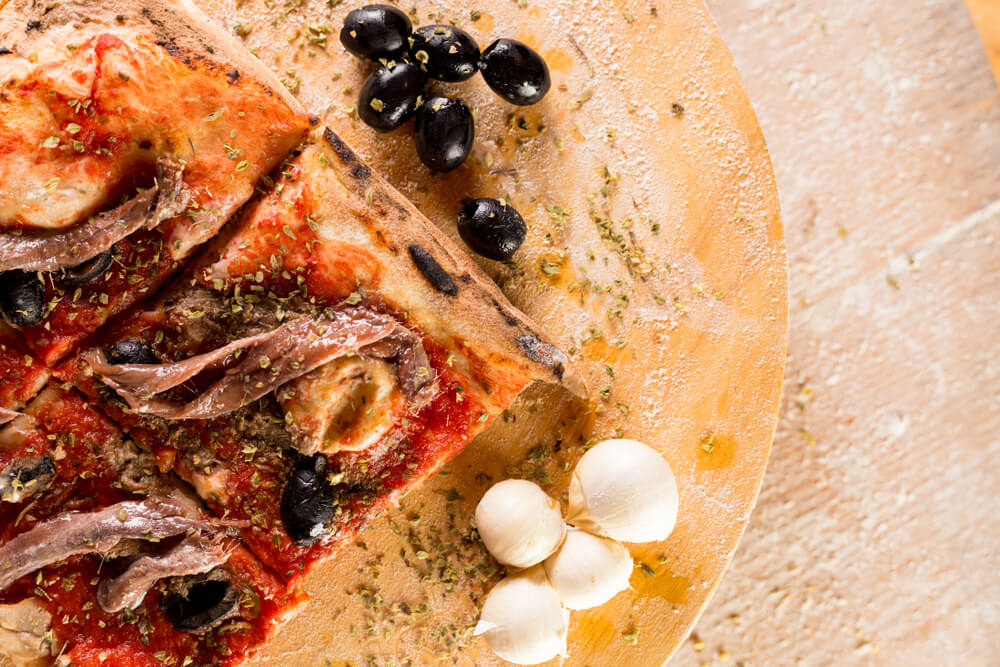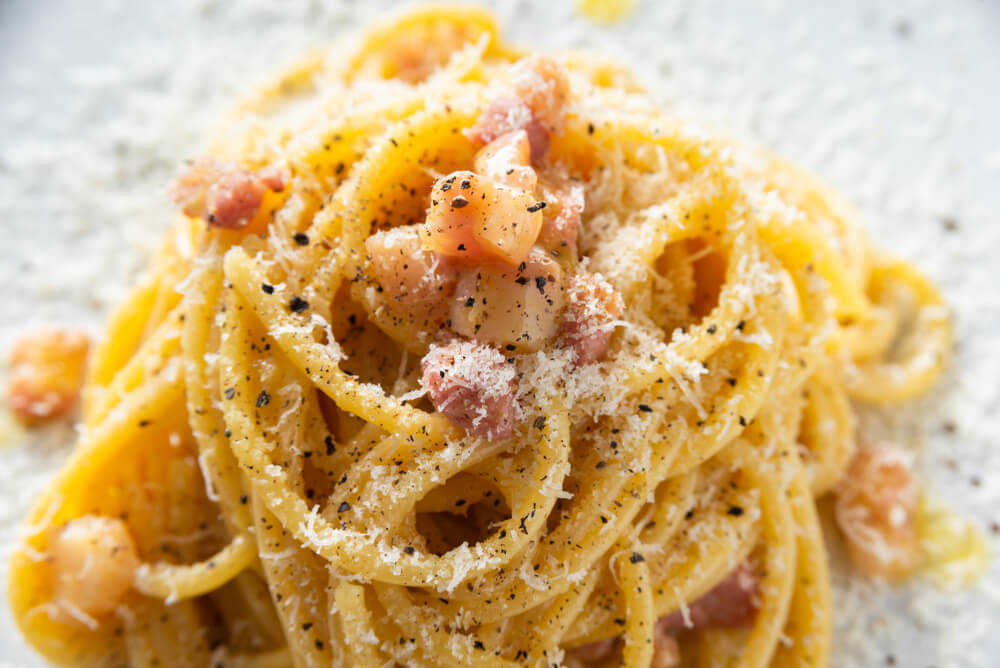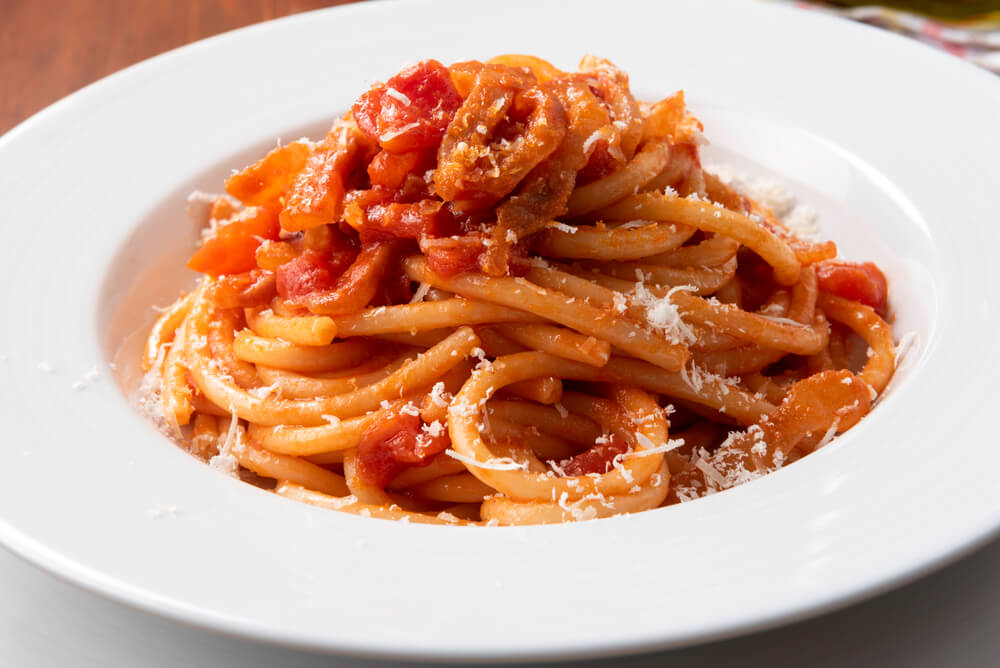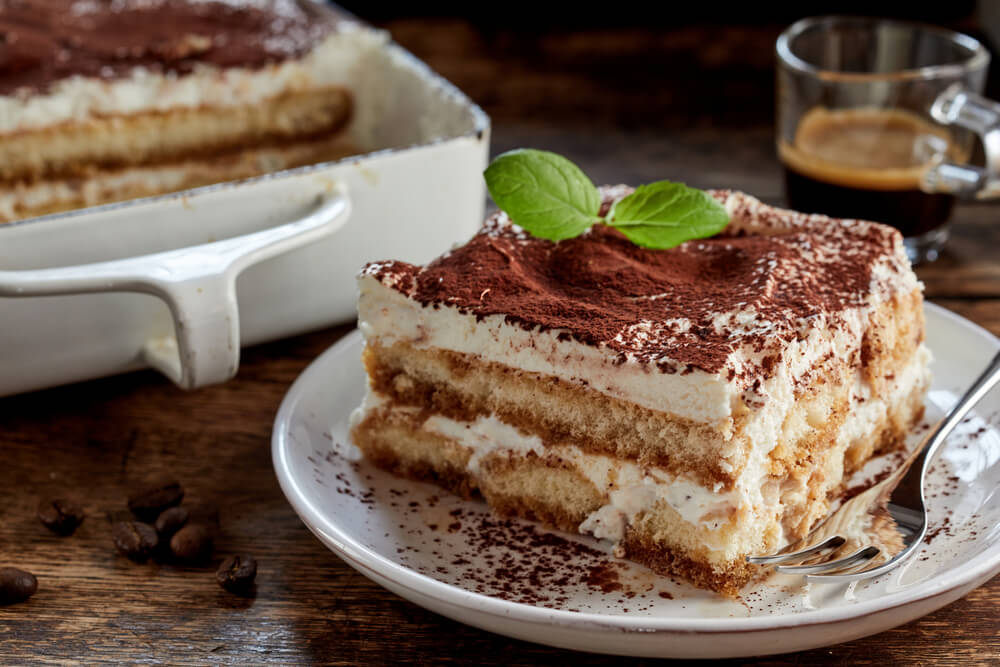Top 14 culinary specialities in Rome

The Italian capital has some authentic dishes in store for you, with rare flavour accuracy and, above all, an almost bewildering simplicity of ingredients.
Taking a seat at a Roman table will immediately immerse you in the typical conviviality of the country. Taste experimentation and the cultivation of ancient recipes are an integral part of the Italian art of living.
Rome’s best dishes and specialities will spoil you with cheeses: burrata, pecorino, parmesan and mozzarella to name but a few in the trattorias. Not forgetting cured meats, of which coppa, bresaola and mortadella are proud representatives. As for the rest of the specialities, you’ll have to grab them when they come your way. In fact, street food has taken pride of place on the Roman culinary scene. And don’t forget the sweets and other delicacies that are sure to sweeten up your long hours of cultural visits accompanied by your guide.
What to eat in Rome Our selection of 14 Roman specialities
Italian gastronomy will haunt your dreams. Creamy pasta, pizzas galore, tender meats and desserts more delicious than ever… Rome has more than one trick up its sleeve to keep you on your toes throughout your stay, and there’s no shortage of good places to eat. The many culinary specialities are a tribute to traditional know-how and the best of the national soil. They are also proof that the best things in life and on the plate are the simplest.
1. Suppli
Start your meal in style with this finger food. Suppli are a kind of round appetiser. They are made with rice cooked in tomato sauce and pieces of sausage. After being stuffed with mozzarella and shaped into balls, the suppli are breaded and fried. This gives them a crispy texture on the outside and a runny, cheesy interior. Although the traditional recipe is still a big hit, today’s Roman chefs are not afraid to revisit supplì with other cheeses, such as chilli or anchovies.
2. Antipasti
Antipasti are an absolute must at the start of a meal or as a simple savoury snack. Traditionally, the different variations are an invitation to eat a pasta dish. Most often, antipasti are marinated vegetables, various cheeses such as burata, mozzarella or parmesan and, of course, cold meats. The meticulous and varied maturing of Italian charcuterie has shaped its international reputation. You’ll find the famous pancetta, coppa or parma ham as an introduction to your meal.
3. Saltimbocca alla romana
For all lovers of fine cuts of meat, this is the place to go! The term “Saltimbocca” literally means “jump in your mouth”. It’s a recipe based on veal and cured ham, delicately flavoured with sage and white wine, and served with potatoes to awaken the senses. Used in Ancient Rome as a medicinal plant, sage was considered a promise of longevity by the inhabitants. Who knows, perhaps this ancient main course will have unexpected positive effects!
4. Porchetta
Here’s a dish the Romans can’t live without! Porchetta is, as its name suggests, an extremely tender pork roast. This texture is achieved by cooking it over a wood fire for 8 hours. The roast is initially stuffed with liver, garlic, rosemary, fennel and other herbs. You’ll love this crispy, juicy piece as a typical Italian Sunday dish.
5. Coda alla vaccinara
This is the traditional Roman oxtail stew. Admittedly, when you put it like that, you might be tempted to turn round and opt instead for a Saltimbocca alla romana made with veal and cured ham. Just remember that this popular dish was designed to accommodate less noble cuts of meat, such as tail or offal. In the oven, the meat is simmered gently in wine, with celery, carrots, tomato purée and a host of herbs to spice up the sauce. To finish, the ragout is accompanied by a nice portion of polenta.
6. Cacio e pepe
This no-holds-barred pasta dish is a classic among classics. “Cacio e Pepe” means “cheese and pepper”. Behind this simplistic name, you’ll find a very generous speciality on your plate. The tonnarelli pasta is turned again and again in the cooking water, right on the pecorino wheel. This technique wraps the pasta in a thick layer of creamy cheese, lightly seasoned with ground pepper. It’s a Roman culinary delight you’ll remember for a long time.
7. Gnocchi alla romana
This generous dish has it all. At first glance, the flat, circular shape of these gnocchi will surprise you. In Rome, they are made with semolina, a butter sauce and a generous amount of Parmesan. It’s a hearty, buttery dish that will delight insatiable gourmets. And they’ll appreciate the regressive texture, both melt-in-the-mouth and crispy.
8. Pizza alla romana
A trip to Rome inevitably involves gorging yourself on the capital’s best pizzas. These include the city’s signature pizza. Roman pizzas are appreciated for their fine dough. The toppings are simply delicious: tomato sauce, mozzarella, anchovies, extra virgin olive oil and oregano. The best thing you can do is try it.
9. Pasta carbonara
Whoever dares to ask for cream in their spaghetti carbonara will be struck down instantly! This iconic dish is made with just four ingredients: spaghetti, fresh egg yolks, “guanciale” bacon and pecorino romano cheese. Simple and effective.
10. All’amatriciana
Roll up your sleeves before tackling this hearty dish of glowing pasta. This pasta is characterised by its lightly spiced tomato sauce with guanciale. Avoid this if spicy specialities are not your cup of tea. The thick sauce is then wrapped around the bucatini. This is a thicker type of spaghetti with a hole in the centre.
11. Tiramisu
It’s hard to imagine a more cult dessert. Tiramisu will delight even non-coffee drinkers, that’s for sure. You’ll find it on every table at the end of a meal. Don’t worry, even if the portions are generous, they won’t weigh you down. The ingredients are simple: mascarpone, boudoir, eggs, marsala and coffee. There’s nothing like a tiramisu to end the meal on a sweet and voluptuous note.
12. Gelato
In Rome, under the blazing sun, gelato breaks are more than essential. In 1565, the Italians signed the official birth certificate for gelato at the court of Cosimo de Medici. It was here that the first machine capable of making ice cream was invented. Since then, the artisanal production of gelato has changed a great deal and has become a part of everyday Italian life. The texture of this preparation is creamy and served generously with a spatula. Gelato is an ice cream that can be enjoyed while strolling through the streets of Rome. Try it, and you’ll soon want to try it again.
13. Maritozzo
For a delicious bite of a regressive speciality, try maritozzo. This is undoubtedly the tastiest and oldest of the Roman desserts you’ll find in restaurants. Concocted for the first time in the days of Ancient Rome, this brioche filled with whipped cream has been delighting locals ever since they were children. For the record, maritozzo was a gift from a future husband to his fiancée. The lucky man would hide the long-awaited ring in the whipped cream. You can imagine the astronomical amount of cream in this large brioche.
14. Spritz
There’s nothing like a big glass of spritz to accompany the countless tastings in Rome or to cool down for a moment. The popularity of this orange-coloured drink has spread far beyond Italy’s borders. Born in the 19th century from a blend of Italian and Austrian flavours, spritz is now adored for its hint of bitterness and its refreshing properties. There are almost as many spritzes as there are Italian regions. So don’t wait any longer to try them.
200 audioguided tours for cities all around the world
Download